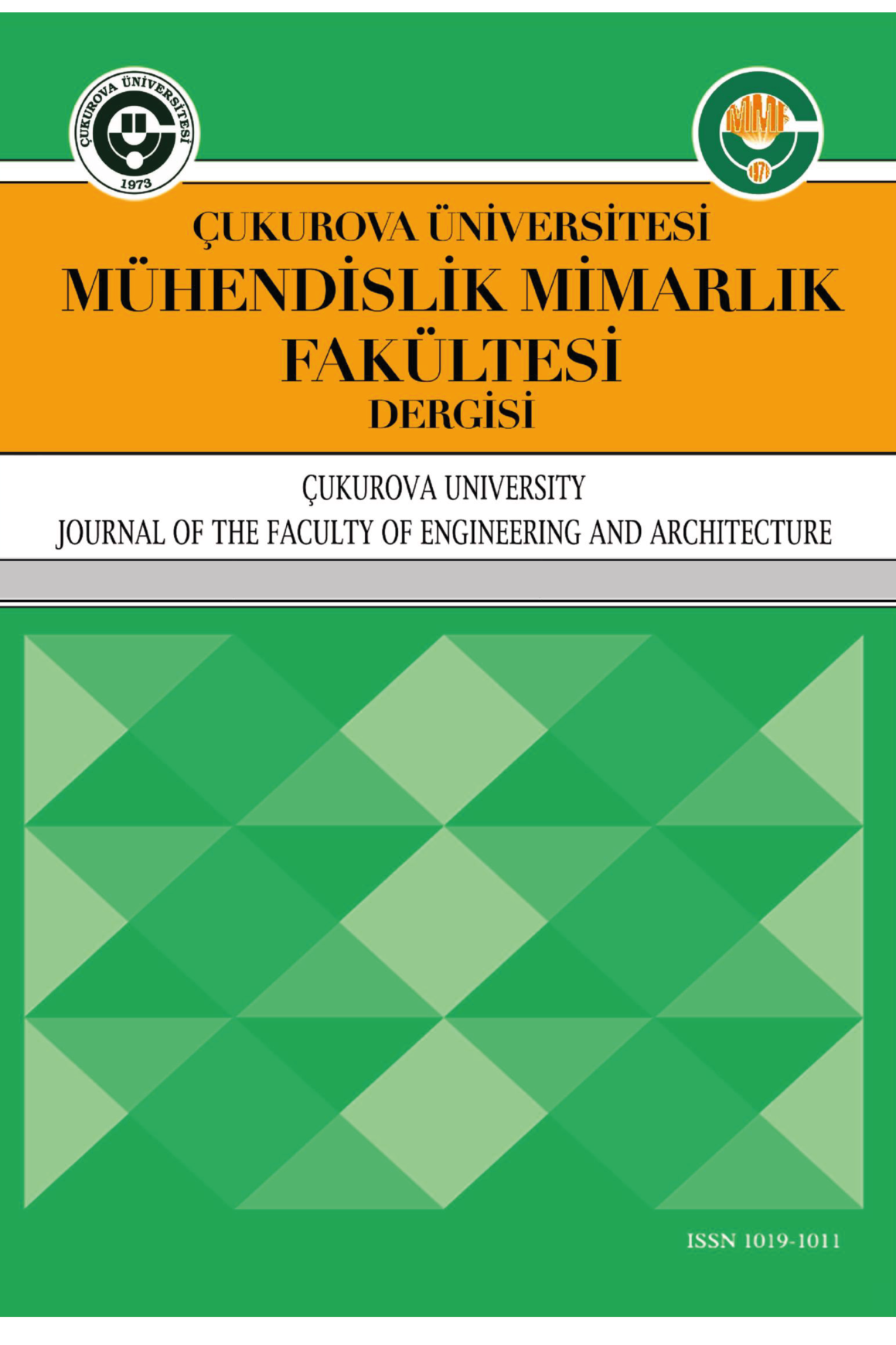Atık Sulardan Parasetamol Gideriminde Aktif Çamur Kullanılması
Parasetamol, Aktif Çamur, Atık su
The Use of Activated Sludge for Removal of Paracetamol
Pracetamol, Activated Sludge, Wastewater,
___
- 1. Canadian Food and Drugs Act, 2006 R. S., C. F-27, S.1, Sept 15, 2006
- 2. Derksen, J. G. M., Rijs, G. B. J., Jongbloed, R. H., 2004. Diffuse pollution of surface water by pharmaceutical products, Water Sci. Technol. 49, 213–221,
- 3. Halling-Sorensen, B., Nors Nielsen, S., Lanzky, P. F., Ingerslev, F., Lutzhoft, H. C., Jorgensen, S.E., 1998. Occurrence, fate and effects of pharmaceutical substances in the environment — a review. Chemosphere, 36:357–93
- 4. Bound, J. P., Voulvoulis, N., 2004. Pharmaceuticals in the aquatic environment – a comparison of risk assessment strategies. Chemosphere, 56, 1143-1155
- 5. Baronti, C., Curini, R., D'ascenzo, G., Di Corcia, A., Gentili, A., Samperi, R., 2000. Monitoring natural and synthetic estrogens at activated sludge sewage treatment plants and in a receiving river water. Environmental Science and Technology, 34(24), 5059-5066
- 6. Urase, T., Kikuta, T., 2005. Separate estimation of adsorption and degradation of pharmaceutical substances and estrogens in the activated sludge process. Water Res. 39 (7), 1289–1300
- 7. Kabak, H., Başıbüyük, M ., 2012. Diklofenak ve Parasetamol’ün Aktif Çamur Tarafından Adsorbsiyonu. Ekoloji 21, 85, 41-48
- 8. Yu, C. P., Chu, K. H., 2009. Occurence of pharmaceuticals and personal care products along the West Prong Little Pigeon River in east Tennesse, USA, Chemosphere 75; 1281- 1286.
- 9. Stackelberg, P. E., Gibs, J., Furlong, T. E., Meyer, T. M., Zaugg, D. S., Lippincott, L. R., 2007. Efiiciency of conventional dirinkingwater treatment processes in removal of pharmaceuticals and other organic compounds. Science of the Total Environment, 366:255
- 10. Heberer, T., 2002. Occurrence, fate, and removal of pharmaceutical residues in the aquatic environment: a review of recent research data. Toxicol. Lett. 131 (1/2), 5–17.
- 11. ISO (International Standards Organization) 11733, 2004. Water Quality-Determination of the elimination and biodegradability of organic compounds in an aqueous mediumActivated sludge simulation test.
- 12. Altun M.L., 2002. HPLC method for the analysis of paracetamol caffeine and dipryone. Turk.J.Chem. 26; 521-528.
- 13. Zhou J.L., Zhang Z.L., Banks E., Grover D., Jiang J.Q., 2009. Pharmaceutical residues in wastewater treatment works effluents and their impact on receiving water. J. Hazard. Mater. 166; 655-661.
- 14. Özkan M,. Cemeroğlu B., Toklucu A., 2010. “Gıda Mühendisliğinde Reaksiyon Kinetiği” Gıda. Tek. Der. Yay. No: 41
- ISSN: 2757-9255
- Yayın Aralığı: 4
- Başlangıç: 2009
- Yayıncı: ÇUKUROVA ÜNİVERSİTESİ MÜHENDİSLİK FAKÜLTESİ
N. Göksu SOYDAN, M. Sami AKÖZ, Oğuz ŞİMŞEK, Veysel GÜMÜŞ
Kuma Oturan Yüzeysel Temellerde Temel Boyutunun Taşıma Kapasitesine Etkisi
M. Salih KESKİN, Mustafa LAMAN, Samet UĞUR, Selçuk BİLDİK
Atık Lastik-Kum Karışımlarının Kayma Mukavemetinin Laboratuar Deneyleriyle İncelenmesi
M. Salih KESKİN, Mustafa LAMAN
Atık Sulardan Parasetamol Gideriminde Aktif Çamur Kullanılması
Behzat BALCI, Olcayto KESKİNKAN, Ayşe ERKUŞ
Multi-objective Bees Algorithm to Optimal Tuning of PID Controller
